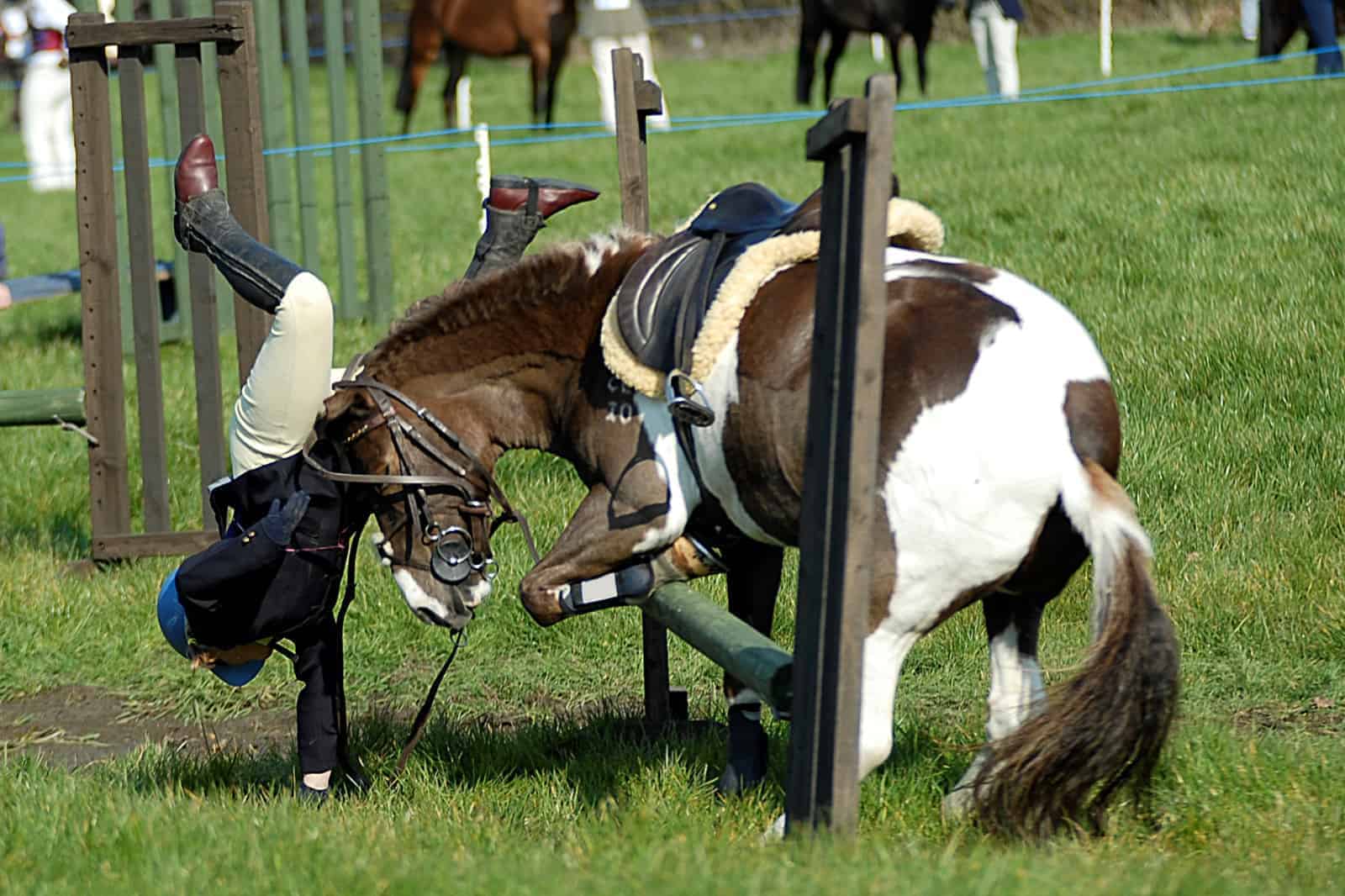Rider Elbow Fractures More Complex in Horseback Accidents
- Topics: Horse Industry News, Welfare and Industry

Uh oh, there goes the balance. Suddenly, you’re flying, with your horse and saddle somehow no longer beneath you and the ground getting ever closer. Your reflex, at this point, is to reach out your arms to catch yourself with your hands. And you succeed: You’re alive; you can move; you’re conscious. In particular, though, you’re conscious of what just happened to your elbow and the price it paid when you caught your fall.
Rider falls can lead to severe and complicated elbow injuries—even if the elbow itself never touches the ground, said Franck-Noël Fitoussi, PhD, MD, professor of pediatric orthopedics at Armand Trousseau Children’s Hospital, part of the Sorbonne University, in Paris, France.
Specifically, the elbow gets knocked out of joint from the sheer force of the impact between the hand and the ground. And when it does, it collides with other structures in the joint leading to a fracture of the “radial neck”—the narrow part of the radius bone just under the bone’s knobby “head” in the elbow joint. In horseback riding accidents, it frequently leads to complications such as additional fractures, as Fitoussi said he noted in his study on young riders
Create a free account with TheHorse.com to view this content.
TheHorse.com is home to thousands of free articles about horse health care. In order to access some of our exclusive free content, you must be signed into TheHorse.com.
Start your free account today!
Already have an account?
and continue reading.

Written by:
Christa Lesté-Lasserre, MA
Related Articles
Stay on top of the most recent Horse Health news with












